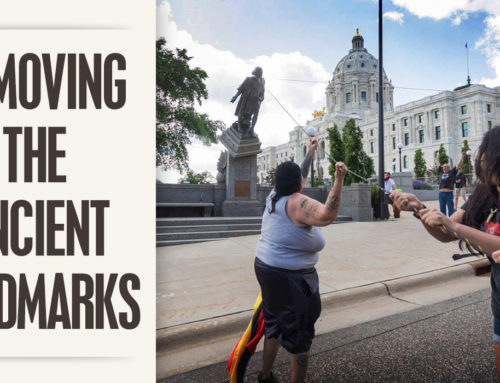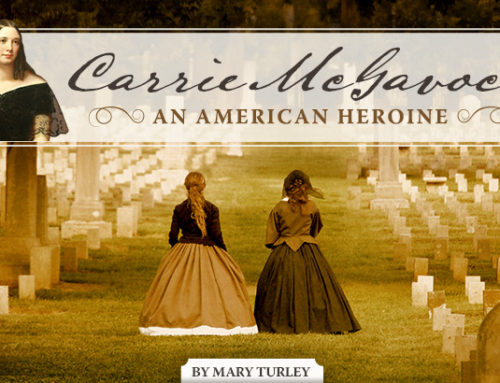One if by land, and two if by sea
And I on the opposite shore will be,
Ready to ride and spread the alarm
Through every Middlesex village and farm,
For the country folk to be up and to arm.
— Excerpt from Paul Revere’s Ride
by Henry Wadsworth Longfellow

 ld North Church in Boston possessed a towering steeple that could be seen from across the river in Charles Town. As an Anglican Church in Congregationalist Boston, the congregation often contained British soldiers on occupation duty in the town. The members themselves were divided over the appropriate level of resistance to “Royal tyranny.” One of the key leaders of the rebellion was the local silversmith and man-about-town, Paul Revere, and he set up both a network of spies, and a plan to notify the countryside in case the redcoats made an aggressive move in that direction. The steeple of Old North would serve as a beacon, though only for one important minute in the history of the world.
ld North Church in Boston possessed a towering steeple that could be seen from across the river in Charles Town. As an Anglican Church in Congregationalist Boston, the congregation often contained British soldiers on occupation duty in the town. The members themselves were divided over the appropriate level of resistance to “Royal tyranny.” One of the key leaders of the rebellion was the local silversmith and man-about-town, Paul Revere, and he set up both a network of spies, and a plan to notify the countryside in case the redcoats made an aggressive move in that direction. The steeple of Old North would serve as a beacon, though only for one important minute in the history of the world.
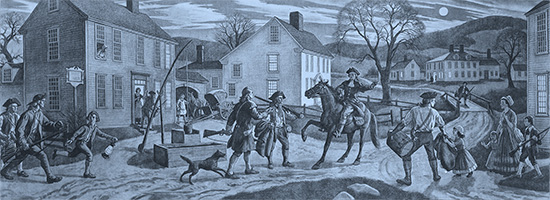
Paul Revere riding to “… spread the alarm through every Middlesex village and farm, For the country folk to be up and to arm.”
That minute arrived on the evening of April 18, 1775. Three sworn patriots — the church sexton Robert Newman, Captain John Pulling, and Thomas Bernard — sprang into action that evening, carrying two lanterns to the steeple windows to send the twin lights across the water to the riders. The pre-arranged signal called for one lit lantern if the troops moved across Boston Neck and the Great Bridge and two if they chose an amphibious landing farther up river. In either case, the signal would trigger riders on the Charles Town side of the river to gallop into the countryside and raise the alarm.
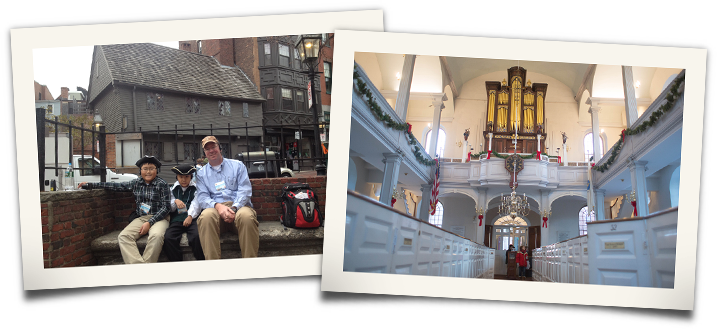
Tour the home of Paul Revere, visit Old North Church, and see the historical sites along Boston’s Freedom Trail — this and much more as part of our Thanksgiving with the Pilgrims Tour in Boston and Plymouth November 14-18!
The two lanterns were lit and off the riders went toward Lexington and dozens of other small towns to warn of the enemy’s approach. Not one to delegate all the risk to others, Revere bolted for Lexington, a feat that every school child in the United States would remember after it was immortalized a hundred years later in a poem by Henry Wadsworth Longfellow. William Dawes, a local tanner and a member of the militia made that same midnight ride and with as much gusto and risk as Revere, and he was joined by others as the night wore on. It is too late for “the midnight ride of William Dawes” but the effect was the same. The militias formed and the “Lexington Alarm” produced “the shot heard round the world.”
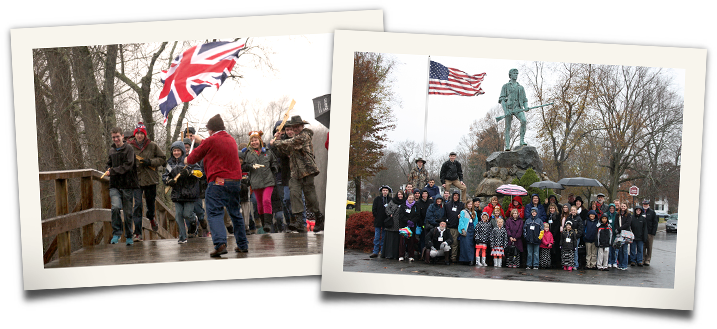
Visit Lexington and Concord — site of the famous ’shot heard round the world” and charge over Old Concord Bridge — this and much more as part of our Thanksgiving with the Pilgrims Tour in Boston and Plymouth November 14-18!
Join Landmark Events as we walk in the paths of Revere and Dawes, gaze across to Charles Town, look up at the Old North steeple (the third one erected since then) and wonder how history would have changed had a couple faithful men decided to sleep in when the times called for action!





